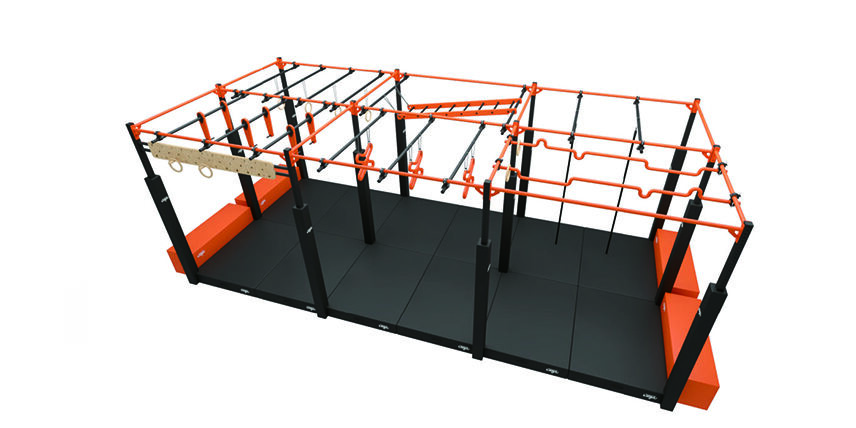Wie man den richtigen Parcours für das Training im eigenen Garten auswählt
Definieren Sie Ihre Fitnessziele und Nutzerbedürfnisse
Fitnessziele identifizieren: Kraft, Beweglichkeit, Ausdauer oder Fähigkeitsentwicklung
Klären Sie, ob Ihr Hindernisparcours auf Kraft (z. B. Sandsackzüge), Beweglichkeit (z. B. Hürdenleiter), Ausdauer (z. B. Seilklettern) oder die Beherrschung von Fertigkeiten (z. B. präzise Sprünge) ausgerichtet ist. Eine funktionelle Fitnessumfrage aus dem Jahr 2023 ergab, dass Kurse mit klar definierten Zielen die Trainingsergebnisse im Vergleich zu unstrukturierten Konzepten um 62 % verbessern.
| Fitnessfokus | Empfohlene Hindernisse |
|---|---|
| Stärke | Kletterwände, Sandsackzüge |
| Beweglichkeit | Hürdenleitern, Drehkegel |
| Ausdauer | Seilklettern, Schlittenstoßen |
| Entwicklung von Fähigkeiten | Verstellbare Balancebalken |
Nutzergruppen analysieren: Erwachsene, Kinder oder Familien mit gemischter Nutzung
Gestalten Sie den Parcours entsprechend der Hauptnutzergruppe. Kurse für Erwachsene können Klimmzugstangen und erhöhte Plattformen beinhalten, während kindersichere Varianten niedrige Kriechtunnel (max. 60 cm Höhe) und gepolsterte Oberflächen erfordern. Für die gemeinsame Nutzung durch Familien sollten modulare Elemente wie verstellbare Trittstufen an Kletterwänden integriert werden, um unterschiedliche Körpergrößen und Fähigkeiten zu berücksichtigen.
Gestalten Sie den Hindernisparcours in Einklang mit langfristigen Trainingsfortschrittszielen
Wählen Sie Hindernisse mit skalierbarer Schwierigkeit – wie Kletterstangen mit austauschbaren Griffen oder abnehmbaren Sprossen – um messbare Fortschritte zu unterstützen. Laut Langzeit-Trainingsdaten sind Nutzer 58 % motivierter, wenn sich ihr Parcours parallel zu ihrer Fitnessentwicklung verändert.
Planen Sie die Anordnung und Raumnutzung strategisch
Beginnen Sie mit einer genauen räumlichen Beurteilung: Messen Sie die Abmessungen des Grundstücks mit einem Maßband oder einem digitalen Abbildungswerkzeug und notieren Sie Bäume, Hänge oder Gewässermerkmale, die gleichzeitig als natürliche Trainingskomponenten dienen können. Die Einbindung bestehender Geländeformen reduziert die Installationskosten um 38 %, wie eine Studie zur Landschaftsarchitektur aus dem Jahr 2023 zeigt.
Stellen Sie einen reibungslosen Nutzerfluss sicher, indem Sie rings um jedes Hindernis mindestens 1,20 Meter Freiraum einplanen, analog zu den Durchgangsprinzipien kommerzieller Fitnessstudios, um Kollisionen während intensiver Zirkeltrainings zu vermeiden. In familiären Umgebungen sollten Sie die Nutzung der Zonen versetzt gestalten, um Stau zwischen verschiedenen Altersgruppen zu vermeiden.
Gestalten Sie drei dedizierte Zonen für optimale Funktionalität:
- Aufwärmzone (15 % der Fläche): Offener Bereich für dynamisches Dehnen
- Hauptkreis (70 %): Sequenziell nach Schwierigkeitsgrad angeordnete Hindernisse
- Abkühlzone (15 %): Schattiger Erholungsbereich mit Schaumstoffrollen oder Yogamatten
Diese Anordnung unterstützt ein strukturiertes Training und maximiert gleichzeitig die verfügbare Platzfläche.
Wählen Sie geeignete Hindernisse entsprechend dem Schwierigkeitsgrad und der Funktionalität aus
Hindernisse für Anfänger: niedrige Balanciebalken, Kriechnetze und Trittinseln
Beginnen Sie mit leicht zugänglichen Elementen, die Koordination und Selbstvertrauen stärken. Niedrige Balancebalken (15–30 cm hoch) verbessern die Propriozeption, Kriechnetze unter 45 cm fördern die motorische Entwicklung, und Trittinseln im Abstand von 30–40 cm verfeinern die Fußplatzierung. Laut einer ACE-Studie aus dem Jahr 2023 erleben Anfänger, die diese gelenkschonenden Hilfsmittel nutzen, 43 % weniger Verletzungen in der Anfangsphase als Personen, die mit komplexeren Hindernissen beginnen.
Zwischenschwierigkeiten: Kletterstangen, geneigte Seile und senkrechte Wände
Ganzkörperbewegungen einführen, die funktionelle Kraft aufbauen. Kletterstangen mit einer Freihöhe von 18–24" und 6–8 Sprossen stärken den Griff und die Kontrolle der oberen Körperhälfte. Geneigte Seile in einem Winkel von 30–45° entwickeln Zugkraft, während 4-Fuß-hohe senkrechte Wände das Management von Schwung erlernen – Fähigkeiten, die in 84 % der von der NSCA empfohlenen Programme betont werden.
Fortgeschrittene Elemente: Seilklettern, Lastennetze und Gewichts-Tragestationen
Für erfahrene Nutzer vorgesehen, erfordern diese technische Fertigkeit und Ausdauer. Verwenden Sie 15–20 Fuß lange Kletterseile mit Knoten für unterstützte Aufstiege und 8–10" Maschen-Lastennetze, die koordinierte Bewegungen der Gliedmaßen erfordern. Gewichtstragen (40–60 lb Sandsäcke über 20–30 Yards) simulieren reale Belastungsaufgaben und verbessern die Leistungsfähigkeit bei fortgeschrittenen Trainierenden um 29 %, laut NSCA-Studien.
Funktionelle Bewegungen ausbalancieren: Klettern, Krabbeln, Springen, Tragen und Schwingen
Fünf ursprüngliche Bewegungsmuster für eine umfassende Entwicklung integrieren:
- Vertikal (Klettern) und horizontal (Kriechen) Navigation
- Ballistisch (Springen) und geladen (Tragen) Widerstand
- Rotierend steuerung über Schwingelemente
Die Nationale Akademie für Sportmedizin empfiehlt, 15–25 % der Kurslänge auf jede Bewegungsart zu entfallen, um eine ausgewogene physiologische Anpassung sicherzustellen.
Sicherheitsmerkmale und langlebige Materialien integrieren
Installieren Sie geeignete Verankerungssysteme, um Verschieben oder Umkippen zu verhindern
Sichern Sie alle festen Konstruktionen mit verstärkten Bodenplatten und spiralförmigen Erdankern, wodurch sich Bewegungsunfälle laut einer Materialstudie aus dem Jahr 2023 um 67 % im Vergleich zu Oberflächenpfählen reduzieren. Bei mobilen Einheiten verwenden Sie verzahnte Sandsäcke (mindestens 40 lbs pro Quadratfuß), um die Geräte während dynamischer Nutzung wie Seilkletterübungen oder Wanddurchquerungen zu stabilisieren.
Verwenden Sie Schutzbeläge wie Gummihackschnitzel oder Matten unter Hochbelastungsbereichen
Bei der Einrichtung von Aufprallzonen benötigen wir wirklich Oberflächen, die etwa 80 bis 90 Prozent der Sturzenergie absorbieren können, aber dennoch einen guten Halt unter den Füßen bieten. Gummi-Mulch in einer Schichtdicke von etwa 15 cm reduziert Kopfverletzungen im Vergleich zu herkömmlichen Rasenflächen um rund 84 %, weshalb viele Spielplätze heute diese wichtigen Sicherheitsstandards erfüllen. Wer etwas modulareres bevorzugt, sollte EVA-Schaumstoffplatten mit einer Dicke von etwa 3,8 cm in Betracht ziehen. Diese verriegelbaren Elemente eignen sich gut, da sie Stöße effektiv dämpfen und langfristig nicht allzu pflegeintensiv sind. Die Wartungspersonen sollten jedoch daran denken, diese Matten saisonal zu tauschen, insbesondere dort, wo den ganzen Tag über viele Kinder spielen. Dadurch verteilt sich der Verschleiß, sodass keine einzelne Stelle zu schnell beschädigt wird.
Sicherstellen, dass Höhe und Abstand altersgerecht sind, um Sturzrisiken zu verringern
| Altersklasse | Maximale Fallhöhe | Mindestabstand |
|---|---|---|
| 5–9 Jahre | 1,1 Meter | 36 Zoll |
| 10-15 | 1,5 Meter | 42 Zoll |
| 16+ Erwachsene | 6,5 Fuß | 48 Zoll |
Diese Standards entsprechen den ASTM F1148-Richtlinien für Verbrauchersicherheit. Passen Sie den Abstand der Kletterstangen an der Affenschaukel auf 30–40 cm für Kinder und 45–60 cm für Erwachsene an.
Wählen Sie witterungsbeständige Materialien: Verzinkter Stahl, UV-beständige Kunststoffe und Seile in Marine-Qualität
Verwenden Sie feuerverzinkten Stahl (mindestens 5 Mil Beschichtung) für eine hervorragende Korrosionsbeständigkeit – hält in feuchten Umgebungen 3–4 Mal länger als pulverbeschichtete Alternativen. UV-stabilisiertes Polyethylen behält nach industriellen Haltbarkeitsprüfungen 92 % seiner strukturellen Integrität nach 5.000 Stunden Sonneneinstrahlung bei. Seile in Marine-Qualität mit Dyneema-Kern sind feuchtigkeitsresistent und behalten ihre Zugfestigkeit über Frost-Tau-Wechsel bei 95 %.
Für Wachstum konzipiert: Anpassungsfähigkeit und langfristige Nutzung
Modulare Layouts entwerfen, die eine spätere Erweiterung ermöglichen
Gestalten Sie den Parcours mit standardisierten Verbindungen und einheitlichem Abstand, sodass später neue Komponenten wie Klettertürme oder Hängebrücken hinzugefügt werden können, ohne die gesamte Anlage umzubauen. Dieser modulare Ansatz ermöglicht es den Nutzern, mit 3–4 Kernhindernissen zu beginnen und nach und nach zu erweitern, wenn sich ihre Fähigkeiten verbessern.
Einbau von höhenverstellbaren Komponenten für unterschiedliche Schwierigkeitsstufen
Rüsten Sie zentrale Strukturen wie Kletterstangen und Kletterwände mit Teleskopstangen oder Ratschenmechanismen aus, die eine Höhenverstellung von 48" auf 84" ermöglichen. Dadurch werden Nutzer aller Entwicklungsstufen unterstützt – von Kindern, die das Halten an der Stange erlernen, bis hin zu Erwachsenen, die sich auf Hindernisläufe vorbereiten – bei einer Tragfähigkeit von bis zu 300 lbs.
Verwenden Sie austauschbare Hindernisse, um die Abwechslung im Training zu erhalten
Erneuern Sie den Parcours alle 6–8 Wochen mit thematischen Herausforderungssets:
- Ausdauer (Reifenschleppen, Schlitten schieben)
- Präzision (Gleichgewichtsbalken, seitliche Sprungziele)
- Stärke (Seilklettern, Sandsacktragen)
- Beweglichkeit (Slalomstangen, Reaktionsleitern)
Durch regelmäßige Rotation bleibt die Motivation hoch und Leistungsplateaus werden vermieden.
Fortschritt verfolgen mit Fähigkeits-Meilensteinen, die an das Freischalten neuer Hindernisse gekoppelt sind
Erstellen Sie ein Stufensystem, bei dem Personen, sobald sie bestimmte Ziele erreichen, anspruchsvollere Übungen ausprobieren können. Stellen Sie sich das so vor: 20 Muskelzüge hintereinander absolvieren und plötzlich wartet eine Ninja-Slackline. Oder einen Handstandlauf eine volle Minute lang halten, und im nächsten Moment werden jene ausgeklügelten rotierenden Cannonball-Griffe freigeschaltet. Bringen Sie außerdem diese langlebigen QR-Codes an allen Hindernissen an. Diese kleinen Quadrate ermöglichen es den Nutzern, ihren Fortschritt direkt in ihre Fitness-Apps einzuscannen. Kein Raten mehr, wie viele Wiederholungen sie absolviert oder welche Zeit sie erreicht haben. Alles wird automatisch erfasst, sodass die Leute ihre Verbesserungen von Tag zu Tag sehen können.


